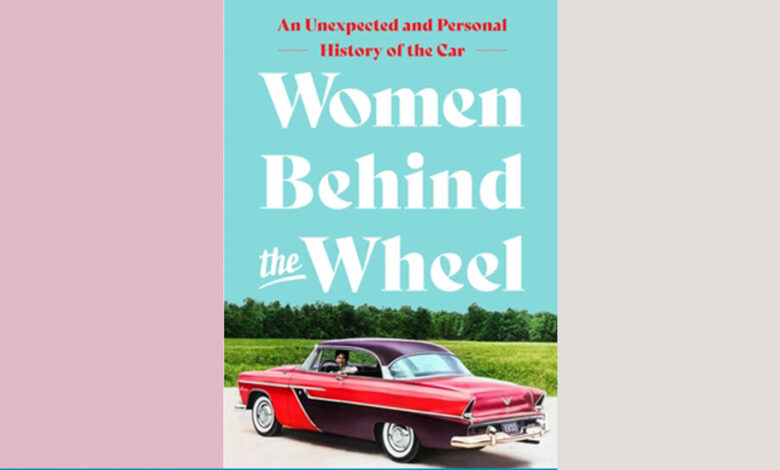Book Review: ‘Women Behind the Wheel,’ by Nancy A. Nichols

WOMEN BEHIND THE WHEEL: An Unexpected and Personal History of the Car, by Nancy A. Nichols
Love of driving has been in the DNA of my family’s women since at least 1913, when bemused pedestrians watched my grandmother belting down an English high street behind the wheel of her fiancé’s green Morris Oxford.
In the writer and journalist Nancy Nichols’s fascinating, funny, enraging and often very moving book, “Women Behind the Wheel,” she time-travels even further in reverse, introducing the female drivers of a flimsy 1880s vehicle that was “little more than a motorized tricycle.”
Patriarchal skepticism was a fact from the days when women, gussied up in goggles and lap blankets, were generally perceived as “too nervous, too timid, too weak” to be trusted to drive. Early gas-powered vehicles were considered especially dangerous: Not only was the engine capable of chemical explosion, but, it was feared, its vibrations might ignite a perilously distracting sexual arousal.
By the 1930s cars had transformed women’s romantic lives, providing a much-craved private space away from the parental gaze. Along with drive-in movie theaters — known as “passion pits” — cars opened up “pleasures of the world: boyfriends, parties, libraries and soda fountains.”
The illusion of emancipation was flawed; the car “enslaved women even as it liberated them.” Gradually, the prisonlike tedium of errand-running, shopping and chauffeuring was only intensified by the convenience of private vehicles. For many women, the family car became restaurant, office, day care, church.
And yet for all its hard-edged machinery, gender warring and auto-business shenanigans, the emotional engine of this book is Nichols’s own poignant story.
For one thing, while recounting more than a century’s worth of motor history, Nichols includes her personal experience of the boxy 1960s Dodge Dart, the sporty 1970s Mustang and her subsequent minivan, Beetle, Honda, Jeep and Subaru. And there is much more to this often heartbreaking memoir: jagged relationships, a fatal car accident and the deaths of those closest to Nichols.
Growing up in midcentury Detroit, where the General Motors factories formed the center of “the car world,” she was the daughter of a new- and used-car salesman, “unmistakable in his lime green leisure suits” and his “checkerboard sports jackets.” This was an environment that ridiculed and intimidated women drivers, where “jokes about their driving skills” were ubiquitous.
As a schoolgirl, Nichols hoped to take an auto-repair class; she was forced into meringue-making lessons. And her home life reinforced the dynamic, as her father’s outward identity — sales-pitch bravado and critical dominance — increasingly took over. When “lying became his business,” it led to the disintegration of his marriage and to his wife and young daughter’s escape in a light blue Chevy convertible.
Widening her focus, Nichols concludes by addressing the iniquities of pollution that threaten our individual and environmental health. However, she has an interesting take on the particular danger that cars, designed for men’s bodies, continue to create for women. The electric vehicle may alleviate ecological threat, but also may carry further unknown risks. In Nichols’s sobering telling, cars are growing ever larger, becoming ever more costly and more hazardous, eroding women’s basic need to “stay safe in an unsafe world.”
WOMEN BEHIND THE WHEEL: An Unexpected and Personal History of the Car | By Nancy A. Nichols | Pegasus | 230 pp. | $28.95





